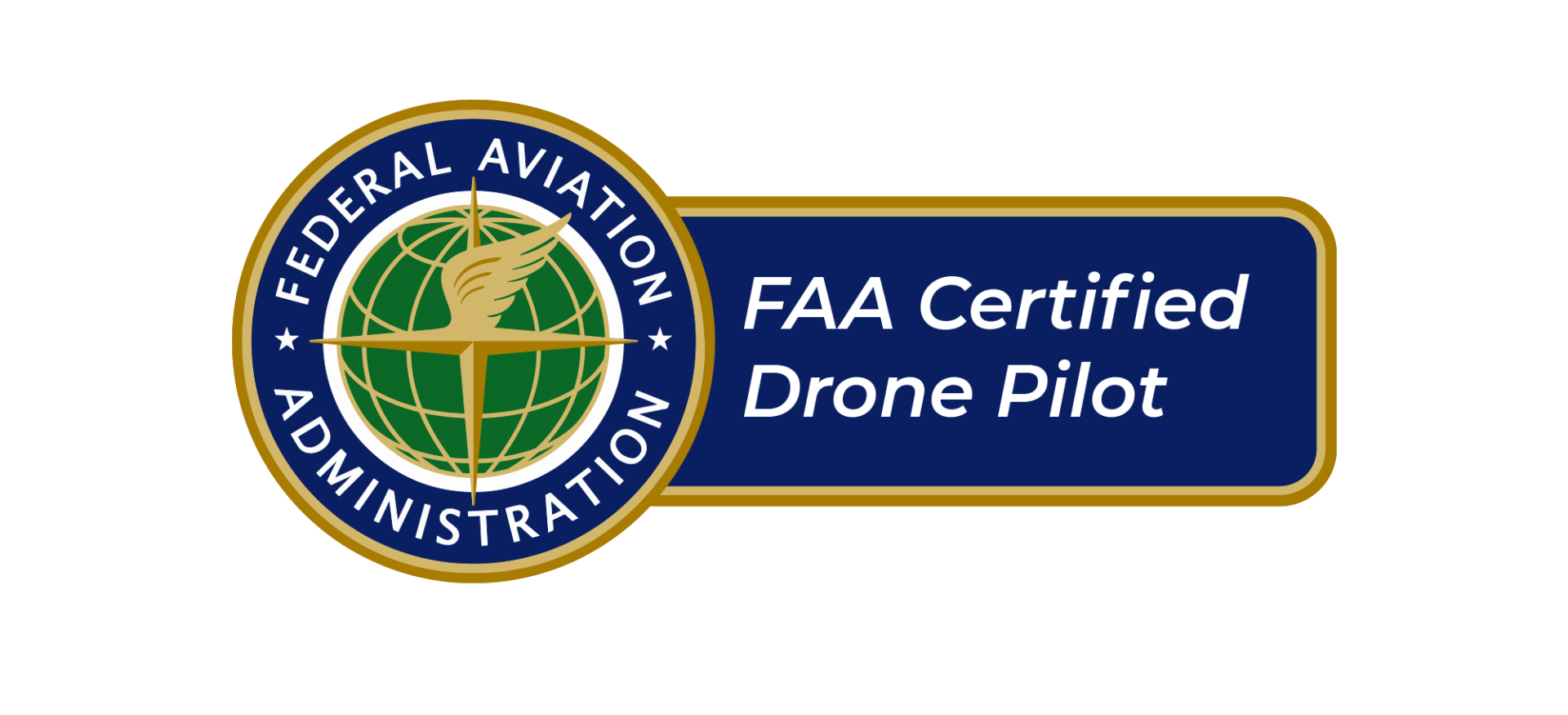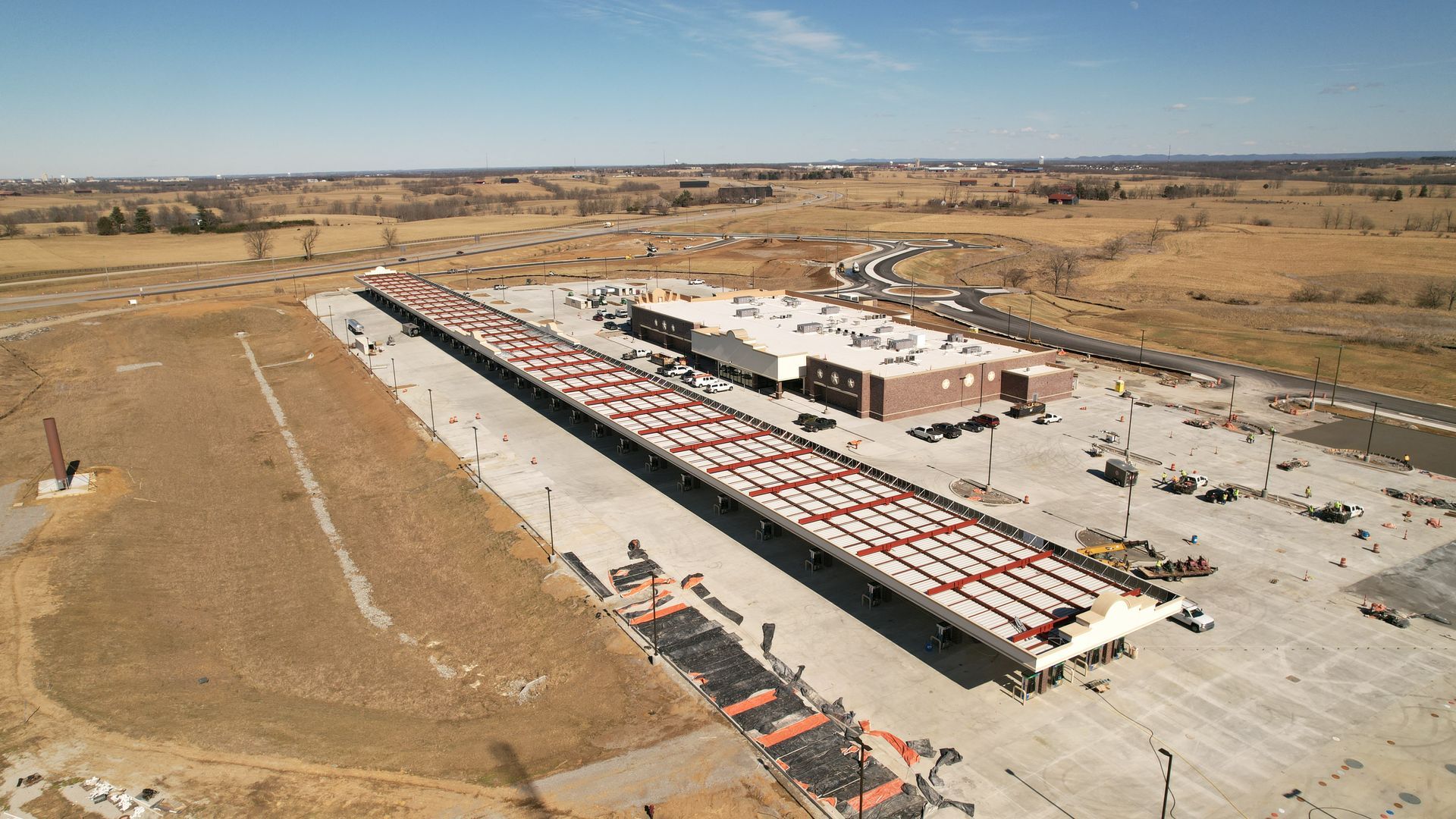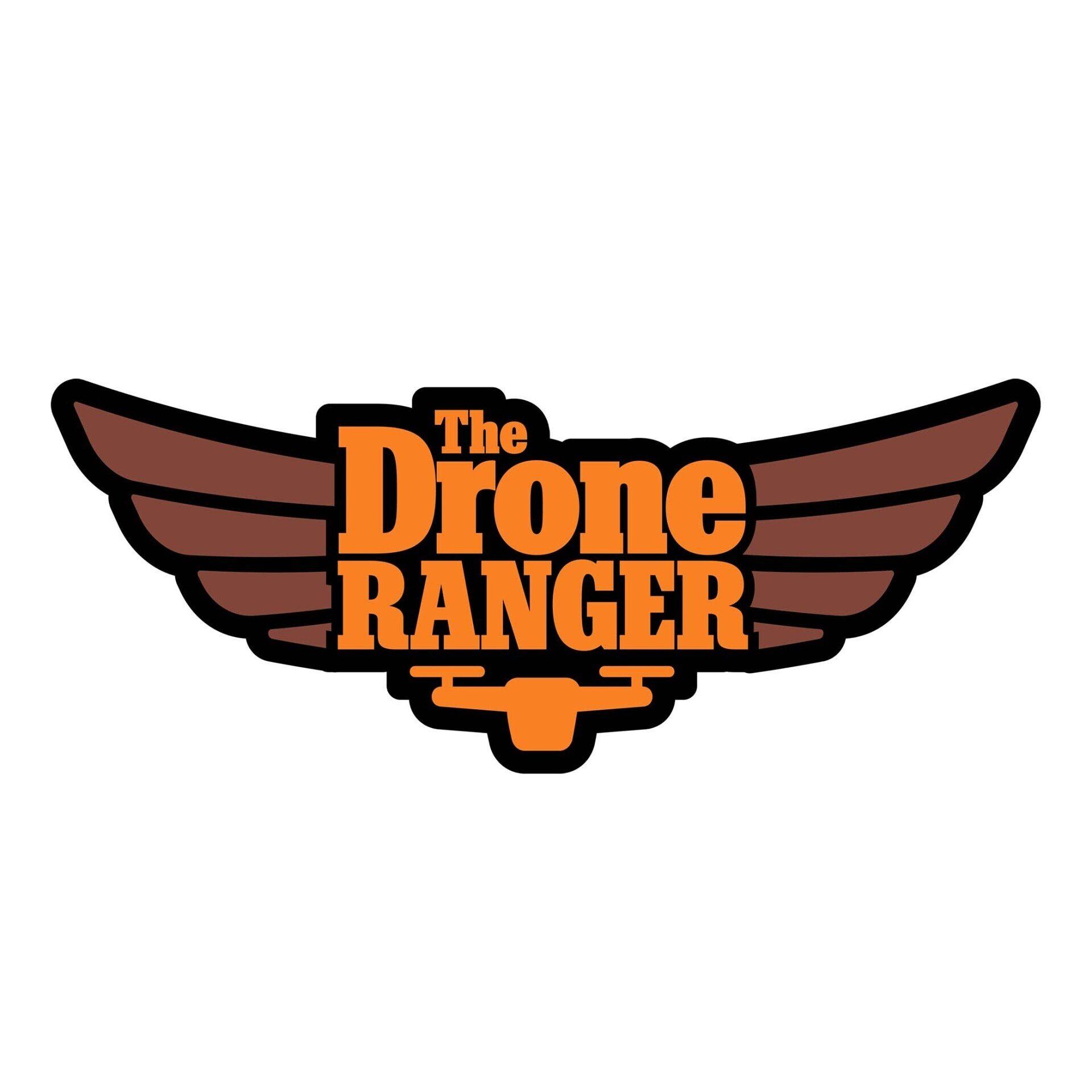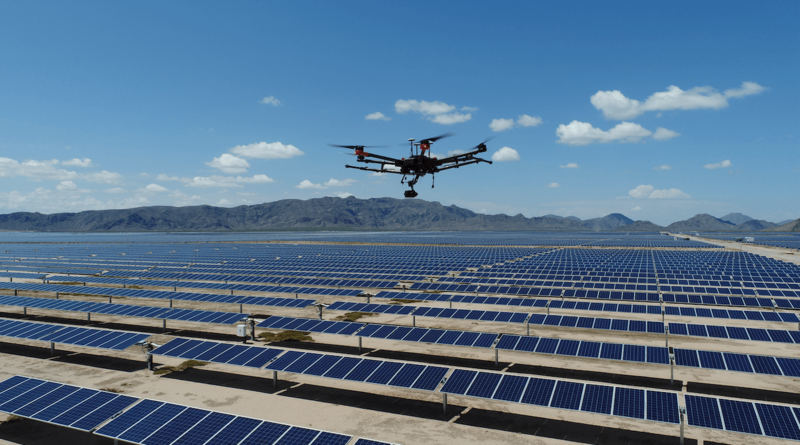Understanding the FAA's Remote ID and Its Implications for Drone Operations

In the ever-evolving world of aviation, the integration of unmanned aircraft systems (UAS) or drones has become a prominent topic of discussion. One crucial aspect of this integration is the Federal Aviation Administration's (FAA) initiative regarding Remote Identification (Remote ID) of drones. Remote ID is a system designed to enhance safety and security by providing identification and location information for drones while they are in flight. Some see it as a neccessary step to implementation of UAS into the National Airspace System (NAS). Others see it as a massive step backwards for drone flying across the country. In this blog post, we'll delve into the details of the FAA's Remote ID program, the reasons behind its delay, and the potential consequences for contractors who are unaware of the current landscape.
What is Remote ID and Its Importance?
Remote ID is a system that allows the real-time tracking and identification of drones while they're in operation. Its primary purpose is to address safety and security concerns associated with the increasing use of drones in various airspace. By providing essential information such as the drone's location, altitude, speed, and the location of its operator, authorities can ensure responsible drone operation and mitigate potential risks to other airspace users and the public.
The Delay of Remote ID Implementation
Originally, the FAA aimed to implement the Remote ID rule by late 2020, envisioning a step towards safer drone integration into the national airspace. However, the implementation was delayed, primarily due to the complexity of establishing a robust, efficient, and comprehensive Remote ID system. The most recent delay happened in September of 2023 when the FAA received thousands of notifications citing Remote ID module backlog and supply chain issues as the reason for not being in compliance. In response to these requests, the FAA pushed the enforcement of RID until March 16, 2023. At that time, all operators who are required to be broadcasting their RID information will be required to do so or face penalties.
Fines and Legal Implications for Contractors
As part of the FAA's efforts to promote safe and responsible drone operations, penalties and fines are imposed on individuals and entities violating regulatory requirements. This includes fines for flying without proper authorization or licensing. Moreover, contractors who hire unlicensed drone pilots may also face significant fines for non-compliance with FAA regulations. This is important for entities scaling UAS operations within their companies. If those companies are not aware or don’t know what they are doing, they can find themselves in very hot water. The fines can vary in severity based on the nature and frequency of the violation, emphasizing the importance of adhering to licensing and operational guidelines set forth by the FAA.
Conclusion
Remote ID is a crucial tool for enhancing safety and security in the rapidly evolving world of drone technology. While its implementation faced delays, the FAA's commitment to refining the system is a testament to its dedication to safe and responsible drone integration. For contractors and operators in the drone industry, compliance with FAA regulations and the proper licensing of pilots is essential to avoid legal repercussions and contribute to a safe and responsible drone ecosystem.
For the latest updates on the FAA's Remote ID and other drone-related regulations, stay tuned to our blog and the FAA’s website. We're dedicated to keeping you informed about the ever-changing landscape of drone technology and its impact on aviation.



